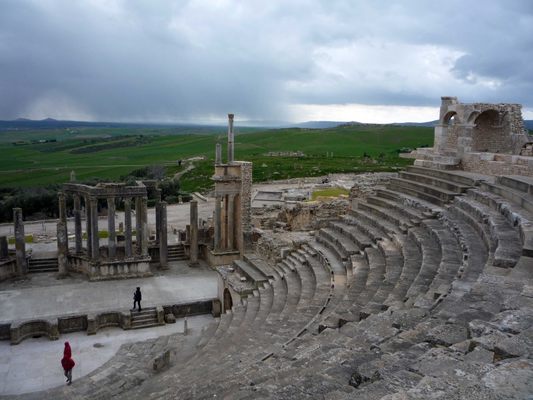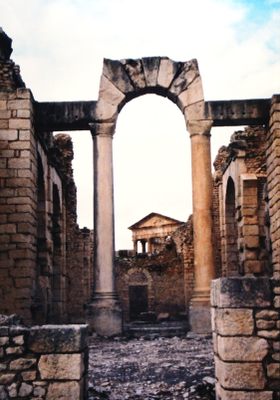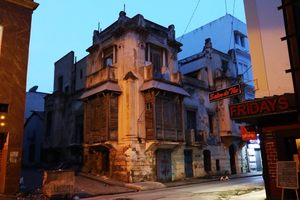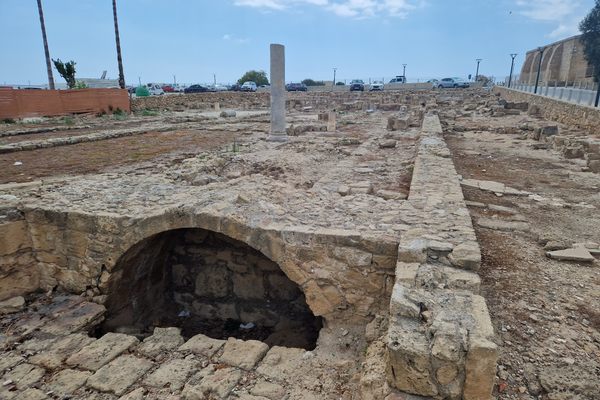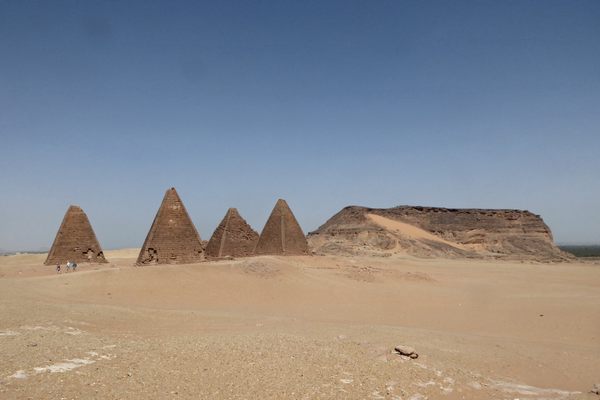About
Some call it Dougga, some call it Thugga. Either way, its pristine preservation has earned it World Heritage Site status from the UNESCO.
It sits on a craggy hillside, perched above fertile hills of groves in central Tunisia. Despite its status as a preserved Roman town, the settlement is actually quite a bit older than that: The discovery of dolmens (Bronze Age burial structures) within the city limits indicates a human presence since at least 2000 BCE. Though most of what remains of the city is from the Roman era, there are several significant Numidian structures, including the Punic-Libyan Mausoleum. It was during this time that the site was known as Thugga.
The site owes its state of preservation to remoteness and lack of modern encroachment. Among its structures is a theater that could seat practically the entire population of the town—around 3,500. There is also a circus for chariot racing, a large villa, several baths dating from 300 CE, and two triumphal arches.
The site contained a large number of elaborate mosaic floors. (Some are in situ but most are housed in the Bardo Museum in Tunis.) Most notable of all, however, are the twenty temples found, a truly disproportionate number of temples for the size of the population. At first it was thought that Dougga was a major religious site, but it has since been decided that the temples were erected by wealthy residents as tribute for their good fortune.
The most famous and most photographed of these temples is the Capitol, built in the 2nd century CE. It’s dedicated to Rome’s protective triad: Jupiter, Juno and Minerva. The capitol is exceptionally well preserved, owing to its inclusion within a later Byzantine fortification. Visitors to the site can wander through the hilly, cobblestoned streets and take in the serene atmosphere. Aside from the major sites, there is an interesting group latrine (the more, the merrier!).
Related Tags
Tunisia: The Sahara, Mosaics & Star Wars Relics
A Sahara journey through ancient oases, diverse culture, & delicious cuisine.
Book NowCommunity Contributors
Added By
Published
November 21, 2013














